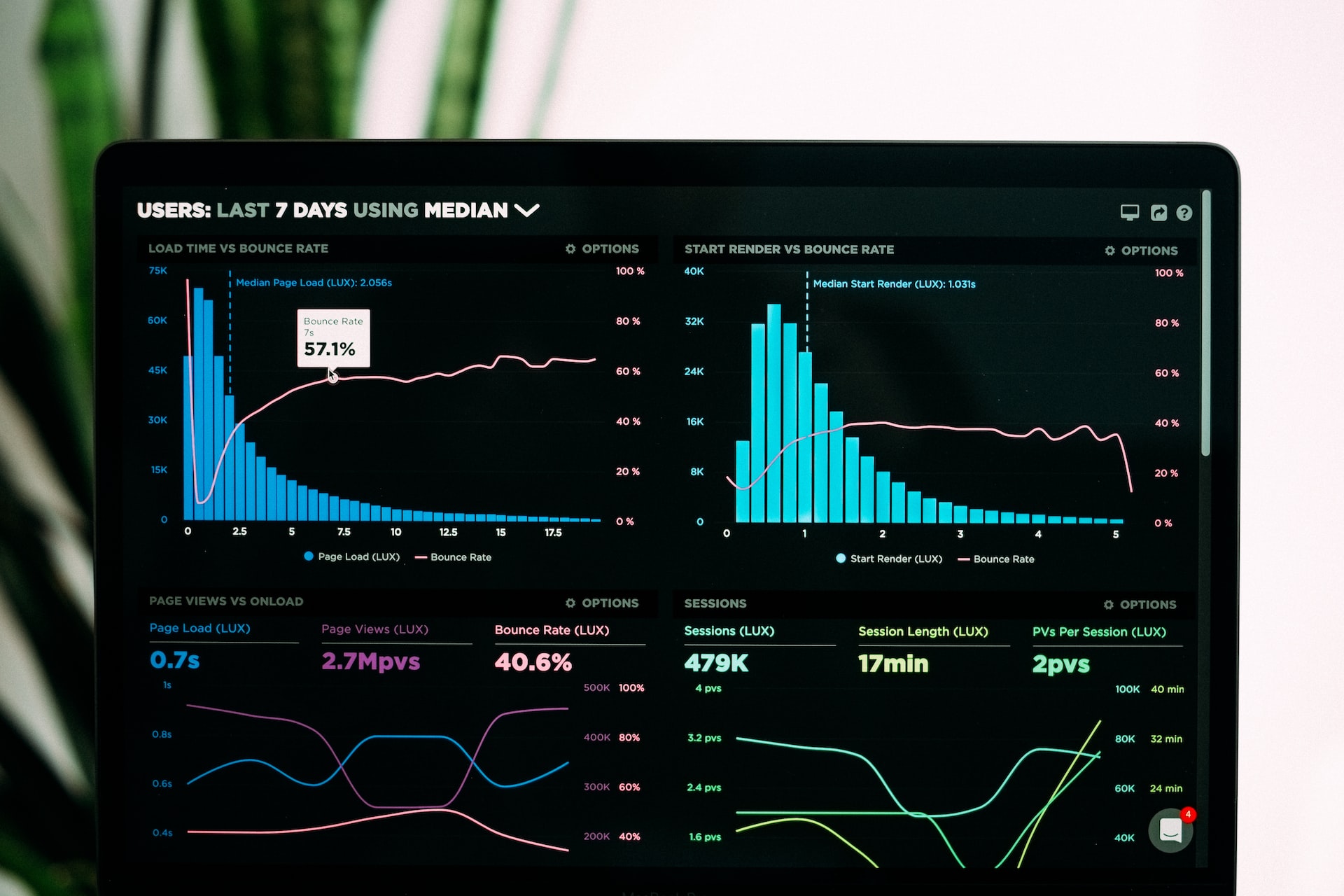Machine learning has become an essential part of the technology landscape, powering everything from voice assistants to fraud detection systems. There are several types of machine learning algorithms, each with its strengths and weaknesses, and specific applications. In this post, we’ll provide an overview of the different types of machine learning algorithms and their applications.
Supervised Learning: Supervised learning is a type of machine learning in which an algorithm learns to map inputs to outputs based on labeled data. In other words, the algorithm is trained on a set of inputs and their corresponding outputs and then uses this knowledge to predict the output for new inputs.
Applications:
- Image Classification: Supervised learning algorithms can be used to classify images into different categories, such as animals, buildings, or landscapes.
- Sentiment Analysis: Supervised learning algorithms can be used to analyze text and determine whether it expresses a positive, negative, or neutral sentiment.
- Credit Scoring: Supervised learning algorithms can be used to predict the likelihood of a customer defaulting on a loan based on their credit history.
Unsupervised Learning
Unsupervised learning is a type of machine learning in which an algorithm learns to identify patterns and structures in data without being explicitly trained on labeled data. In other words, the algorithm is given a dataset and must find patterns or groups in the data without any prior knowledge of what it is looking for.
Applications:
- Clustering: Unsupervised learning algorithms can be used to group similar items together, such as customers with similar purchasing behavior.
- Anomaly Detection: Unsupervised learning algorithms can be used to identify unusual or abnormal patterns in data, such as fraudulent transactions.
- Dimensionality Reduction: Unsupervised learning algorithms can be used to reduce the complexity of data by identifying the most important features and reducing the dimensionality of the dataset.
Reinforcement Learning
Reinforcement learning is a type of machine learning in which an algorithm learns to make decisions based on feedback from its environment. In other words, the algorithm is given a goal and must take action to achieve that goal, receiving feedback in the form of rewards or penalties based on the success or failure of its actions.
Applications:
- Game Playing: Reinforcement learning algorithms can be used to play games such as chess or Go, learning from their mistakes and improving over time.
- Robotics: Reinforcement learning algorithms can be used to train robots to perform tasks such as picking and placing objects or navigating through environments.
- Resource Management: Reinforcement learning algorithms can be used to optimize the use of resources such as energy, water, or transportation systems.
Conclusion
Machine learning algorithms are a crucial tool for extracting insights from data and automating decision-making processes. By understanding the different types of machine learning algorithms and their applications, businesses and individuals can make informed decisions about which techniques to use for their specific use cases. Whether you need to classify images, cluster customer data, or train a robot, there’s a machine-learning algorithm that can help you achieve your goals.




